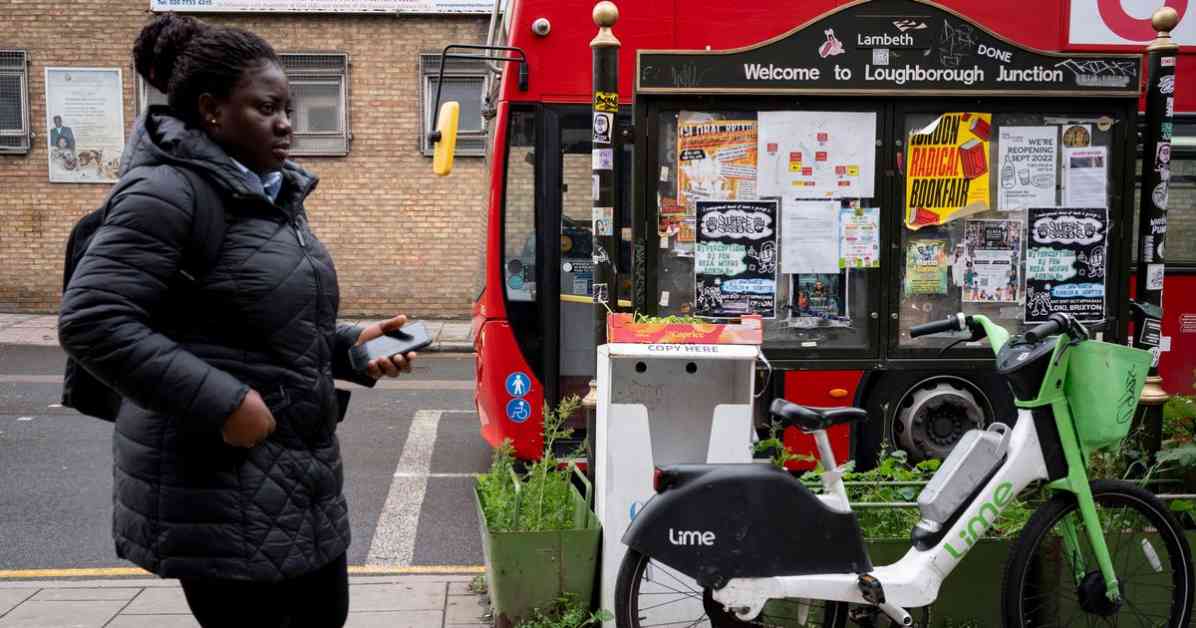London’s Most Walkable Area: Where Walking is Faster Than Public Transport
South London has long been known for its lack of efficient public transportation options, particularly when compared to the well-connected north of the capital. While Transport for London (TfL) and Mayor Sadiq Khan have plans to extend the Bakerloo line to Lewisham from Elephant and Castle, as well as the DLR, they cite the need for additional funding from central government to make these projects a reality.
Despite the limited Tube options, there are some Overground lines, National Rail lines, the Tram, and the DLR available in South London. However, a recent map published by the Financial Times has revealed that in some cases, walking may actually be faster than taking public transport to certain destinations.
The Financial Times analyzed travel times and found that on average, a 30-minute journey on public transport from Burgess Park may not even get you across the River Thames, let alone to the City of London. The furthest destinations reachable within that timeframe include the South Bank, Deptford, and areas near Lewisham and Brockley. Conversely, walking from Burgess Park can get you to Southwark, Bermondsey, and Peckham in just half an hour, making it a viable alternative to public transportation for some commuters.
Why South London is Underconnected
Experts at City Metric suggest that areas like Lewisham, Brixton, and Dulwich were overlooked during the construction of the London Underground due to their existing tram connections. The geology of south London, primarily composed of Lambeth and Thanet Sand, also presents challenges for tunnelling required to expand the Tube network.
Despite these obstacles, the Mayor of London remains committed to the Bakerloo Line Extension project, which will involve a tunnel underground between Elephant and Castle and Lewisham. This initiative aims to improve connectivity and accessibility in South London, addressing the longstanding transportation issues faced by residents in the area.
Exploring Alternative Modes of Transportation
In addition to walking, cycling has emerged as a popular alternative mode of transportation in South London. The Financial Times noted that cycling can take commuters to destinations up to 6.5 kilometers away, providing a convenient and environmentally friendly option for getting around the area.
The lack of efficient public transport in South London has prompted residents to seek out creative solutions for their daily commutes. From walking and cycling to exploring new tram and Overground routes, individuals are taking matters into their own hands to navigate the city efficiently.
In conclusion, while South London may face challenges in terms of public transportation infrastructure, innovative solutions and ongoing development projects are working towards improving connectivity in the area. As the city continues to grow and evolve, it is essential to prioritize sustainable and effective transportation options to ensure that all residents have access to reliable and efficient ways of getting around.












